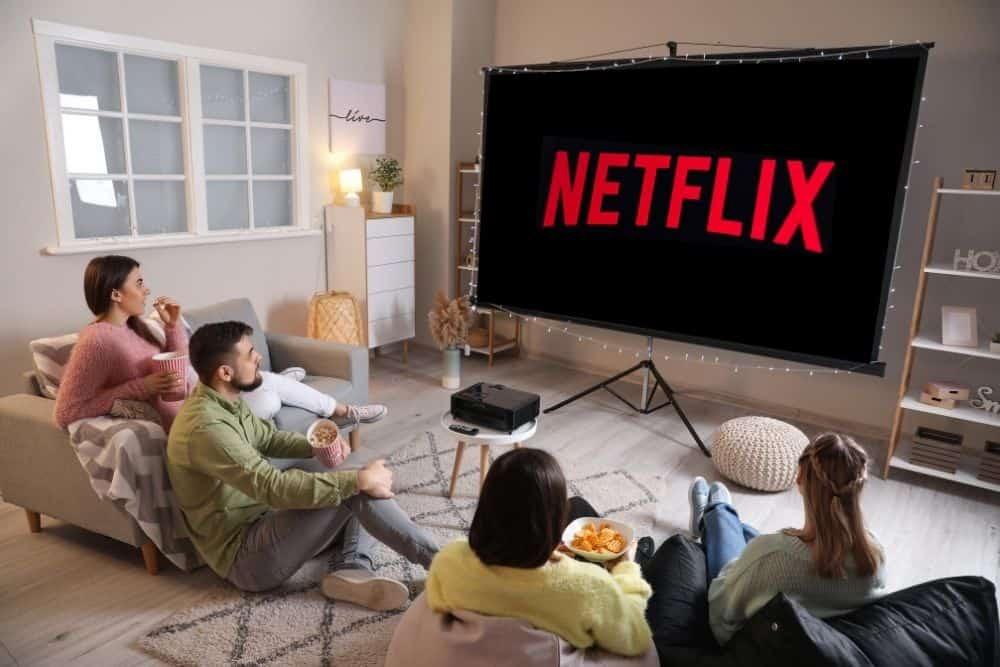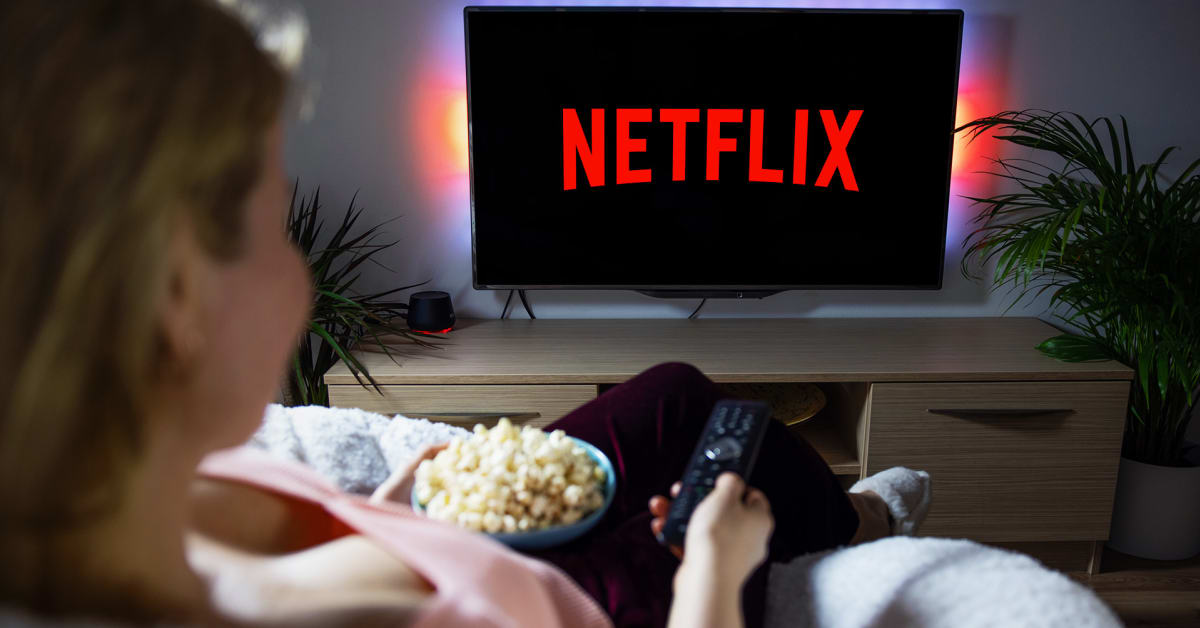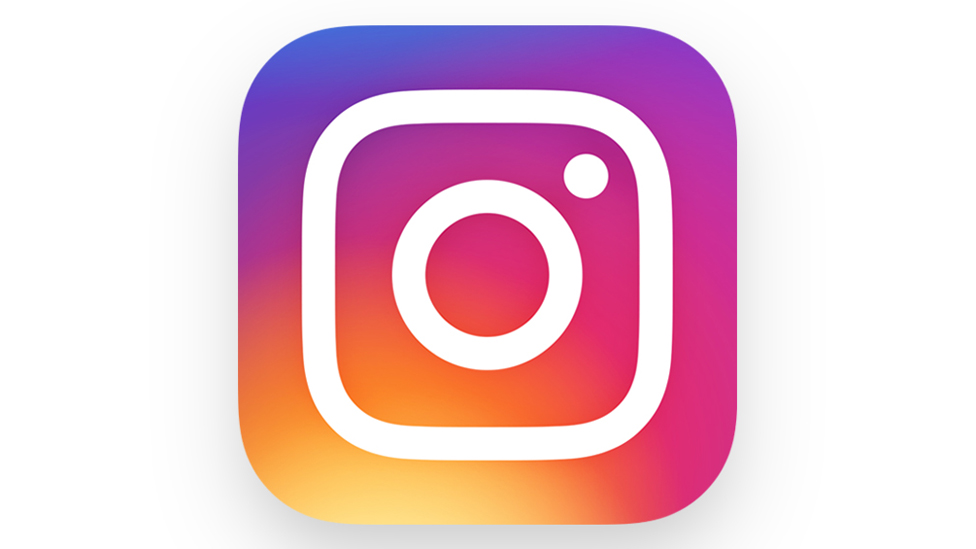A decade ago, I just like I am sure everyone else watched cable television through television providers such as DIRECTV, Spectrum, and DISH. I haven’t watched cable television since probably a decade ago as today I stream television shows and movies on a variety of video-on-demand streaming services such as YouTube, Netflix, Hulu, Amazon Prime Video, HBO Max, etc. I know I am not the only one that made the leap from cable television to video-on-demand streaming services as television providers have lost over 20 million U.S. subscribers since 2014.

Netflix is the largest streaming service worldwide with a reported 282.7 million global paid memberships at the end of quarter three in 2024 which is a 8.3 percent increase year-over-year. The streaming service was launched in 1997 by Reed Hastings and Marc Randolphand, but soon the company realized that the future of entertainment was online so the company started introducing streaming services in 2007. Netflix aimed to solve the inconvenience of traditional video rentals by offering an incredibly convenient, subscription-based DVD by-mail service before pioneering streaming, which allows people to watch movies and TV shows on-demand over the Internet. This became an instant game-changer and ultimately transformed how people consumed entertainment. Before Netflix, the main outlet for people to buy video rentals was Blockbuster Video which was a store where people could go and rent movies and video games. Netflix came in and took the majority of Blockbuster’s business because DVDs were slowly starting to fade away and streaming services became increasingly popular which started with Netflix. In 2013, a little over 34 million people worldwide had a subscription to Netflix as cable television was still the main source of watching for most people. At the end of 2024, Netflix reported that that over 300 million people worldwide are subscribed to the streaming service which is a more than 880 percent increase from those 34 million global paid Netflix subscribers back in 2013. This is because of how easy Netflix has made it for people to stream their favorite shows and movies anytime they wanted which was the goal of Netflix. The success of Netflix paved the way for other streaming services such as Hulu, Peacock, HBO Max, Disney+, Youtube TV, Paramount+, and Amazon Prime Video to be launched. It wasn’t long ago that HBO Max (2020), Disney+ (2019), Peacock (2020), Paramount+ (2021), and Youtube TV (2017) were launched after watching the increase in people subscribing to Netflix because of their easy and accessible service of streaming shows and television shows, and the decrease of people watching and more importantly paying for cable television.

Netflix has pioneered how people watch television as users can watch content anytime, anywhere, and on any device. Whether on the go from your laptop, phone, or tablet, or your own personal home television, people can watch their favorite content at any moment of the day. Netflix and other streaming services also give consumers more choice and control over what they want to watch when they want to watch it, and how they want to watch it, as these streaming services made it their goal to cater to to different tastes and niches, which was not possible before these streaming services. While cable television provided only a select amount of shows and movies, Netflix and these streaming services allowed users to access a larger and more diverse library of content for a better deal. These streaming services figured out the issues within cable television and the previous ways to acquire and watch television shows and movies and formed solutions for all of the issues which ultimately made cable television take a big hit.

Netflix and these other streaming services, however, have created some negative effects and habits such as binge-watching which isn’t bad unless it is excessive. Binge-watching is consistently watching a show(s) for a very long extended period. This is bad when people are binge-watching Netflix or another streaming service all day long because of health issues this can cause physical inactivity, heart disease, musculoskeletal issues from possible bad posture, blood clots due to prolonged sitting, diabetes, the risk of obesity because people may eat less nutritious foods when binge-watching which leads to weight gain. Binge-watching can also cause a deprivation of sleep and the quality of sleep, and potential mental health concerns such as social isolation as people may neglect their relationships and social activities, fatigue, anxiety, and possible depression from loneliness.









